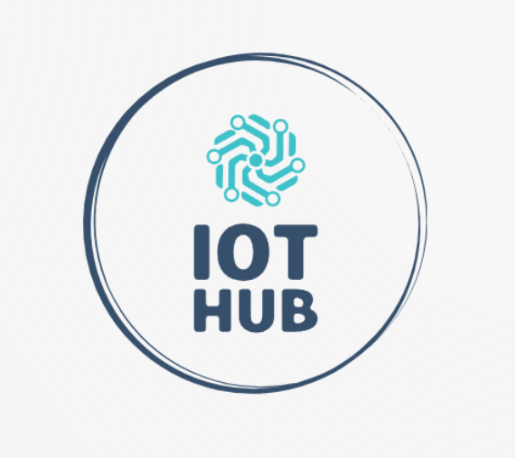Author: Benjamin Brown
In the rapidly evolving landscape of technology, the Internet of Things (IoT) has emerged as a transformative force, impacting various industries. One sector where IoT is making significant strides is the automotive industry. The integration of IoT in cars is not just about smart features; it’s a paradigm shift that is redefining the way we perceive and interact with our vehicles.
1. The Connected Car Revolution:
The advent of connected cars marks a significant milestone in the evolution of the automotive industry. These cars are equipped with sensors, software, and communication technologies that enable them to interact with the external environment and with each other. This connectivity opens up a plethora of possibilities, ranging from enhanced safety features to improved convenience for drivers and passengers.
2. Safety First:
One of the primary areas where IoT is making a substantial impact is in improving road safety. Connected cars can communicate with each other in real-time, sharing information about road conditions, traffic, and potential hazards. This exchange of data enables vehicles to make informed decisions, such as adjusting speed or changing routes, to avoid accidents. Emergency services can also be automatically alerted in the event of a collision, reducing response times and potentially saving lives.
3. Predictive Maintenance:
IoT technology in cars allows for predictive maintenance, a game-changer for both drivers and manufacturers. Sensors embedded in various vehicle components continuously monitor their condition. This data is then analyzed to predict when a part is likely to fail or requires maintenance. By addressing issues proactively, drivers can avoid unexpected breakdowns, and manufacturers can optimize their maintenance schedules, reducing downtime and overall maintenance costs.
4. Smart Traffic Management:
IoT-enabled cars contribute to smarter traffic management systems. With real-time data on traffic conditions, cities can implement dynamic traffic light control and optimize signal timings to reduce congestion. This not only improves the overall flow of traffic but also has positive environmental implications by reducing fuel consumption and emissions associated with idling vehicles.
5. Enhanced Driver Experience:
IoT transforms the in-car experience, making it more personalized and enjoyable. From voice-activated assistants that control various aspects of the vehicle to predictive entertainment recommendations based on individual preferences, connected cars are turning every journey into a more comfortable and entertaining experience. Additionally, the integration of IoT facilitates over-the-air updates, ensuring that the car’s software is always up to date with the latest features and security patches.
6. Autonomous Driving:
The future of driving is undoubtedly autonomous, and IoT plays a pivotal role in making this a reality. Connected cars gather vast amounts of data about their surroundings, traffic conditions, and the driving behavior of other vehicles. This data is crucial for training artificial intelligence algorithms that power self-driving capabilities. As IoT technology advances, the transition to fully autonomous vehicles becomes more feasible, promising increased safety and efficiency on the roads.
7. Data Security and Privacy Concerns:
While the integration of IoT in cars brings about numerous benefits, it also raises concerns about data security and privacy. With cars becoming increasingly connected, they generate and transmit vast amounts of sensitive information. Ensuring robust cybersecurity measures to protect this data from unauthorized access is imperative. Manufacturers need to implement stringent security protocols and educate users about the importance of maintaining the privacy of their driving data.
8. The Future Landscape:
As IoT continues to evolve, the synergy between technology and automotive industries will deepen. The future holds the promise of even more advanced features, such as vehicle-to-everything (V2X) communication, where cars communicate not only with each other but also with infrastructure and pedestrians. This level of connectivity has the potential to revolutionize urban transportation, making it safer, more efficient, and environmentally friendly.
In conclusion, the integration of IoT in cars is reshaping the automotive landscape, ushering in a new era of connectivity, safety, and efficiency. From enhanced safety features to personalized in-car experiences, the benefits are vast. However, as with any technological advancement, addressing security and privacy concerns is crucial to ensuring a smooth and responsible transition into this connected future. The road ahead is paved with innovation, and the intersection of IoT and cars is steering us towards a more intelligent, connected, and sustainable driving experience.
